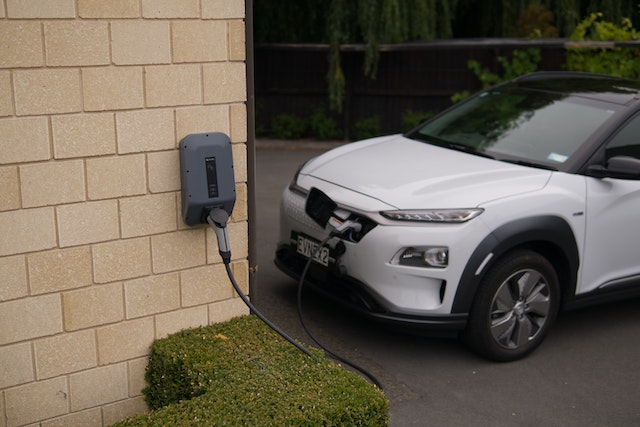People with neighbours who drive electric vehicles are more likely to adopt the technology themselves, according to research that could be mirrored in Australia.
US postal codes with high concentrations of electric cars suggested people were more likely to buy an EV based on the collective actions of those around them in a trend dubbed the “neighbourhood effect”.
Ian Fletcher, a Sydney-based healthcare professional and new Tesla owner, said asking the people around him had been a fantastic resource for technical questions about battery fires, range and charging.
“A number of my colleagues had EVs and I wanted one,” Mr Fletcher said.
He explained some aspects of electric cars had been cause for concern, such as driving range, and had spoken to other owners to help make a final decision.
Purchasing an EV was a “feel-good thing that I’m trying to do something better than using fossil fuels”, he said.
Tesla Owners Club of Australia president Peter Thorne said personal networks were key to understanding electric vehicles.
“Dinner-table conversation gives you that chance to ask questions and get answers,” Mr Thorne said.
Advertising was not as helpful in working out the complexities of owning an EV, he said, such as advice on how often drivers might need to recharge.
A clean energy education not-for-profit firm, Generation180, commissioned the research project, with data drawn from EV registrations across the United States over a five-year period.
The research cited trust as core to the impact of peer influence, with social norms and relationships shaping behaviours.
Electric car ownership in Australia has increased dramatically in the past year, with EVs making up eight per cent of all new vehicle sales between April and June.
More than 71,000 new electric vehicles have been sold in Australia during 2023, with ACT residents the most likely to buy one.
Data from the Australian Automobile Association showed the highest clusters of electric vehicles were concentrated in areas such as Werribee in outer Melbourne, Liverpool in Sydney’s west, Surfer’s Paradise and the Gold Coast in Queensland, and the Perth suburb of Wanneroo.
Esther Linder
(Australian Associated Press)






